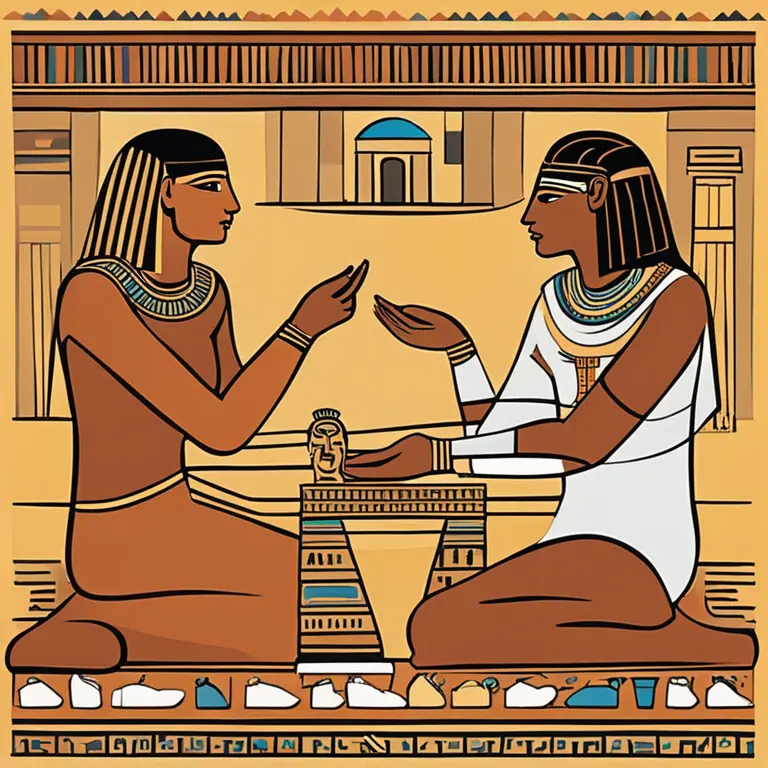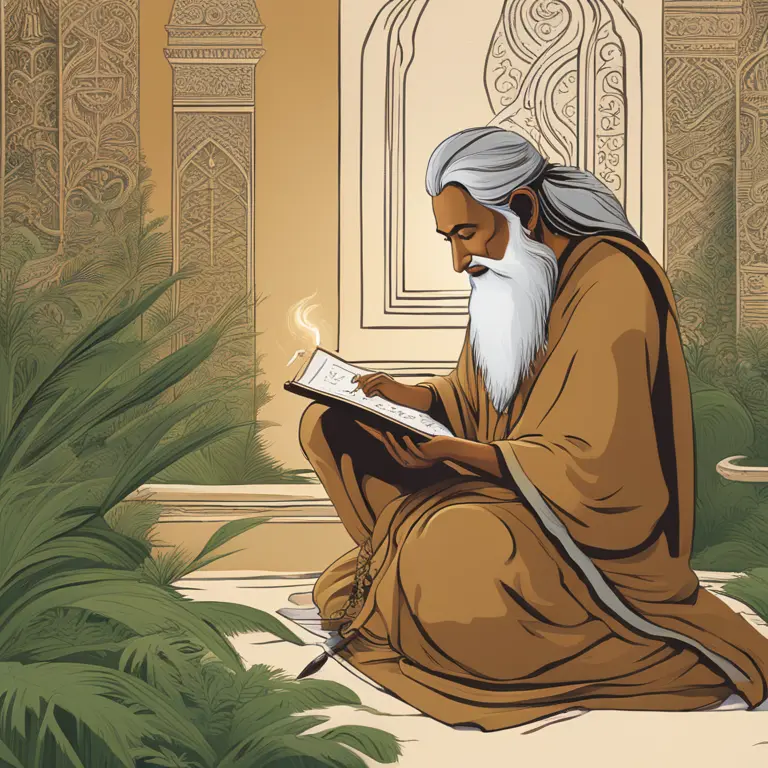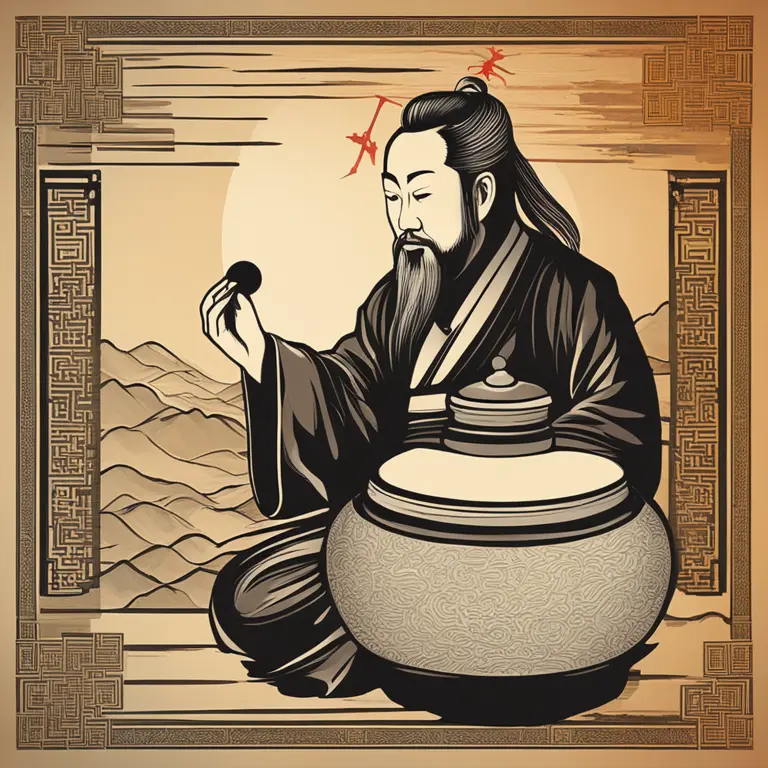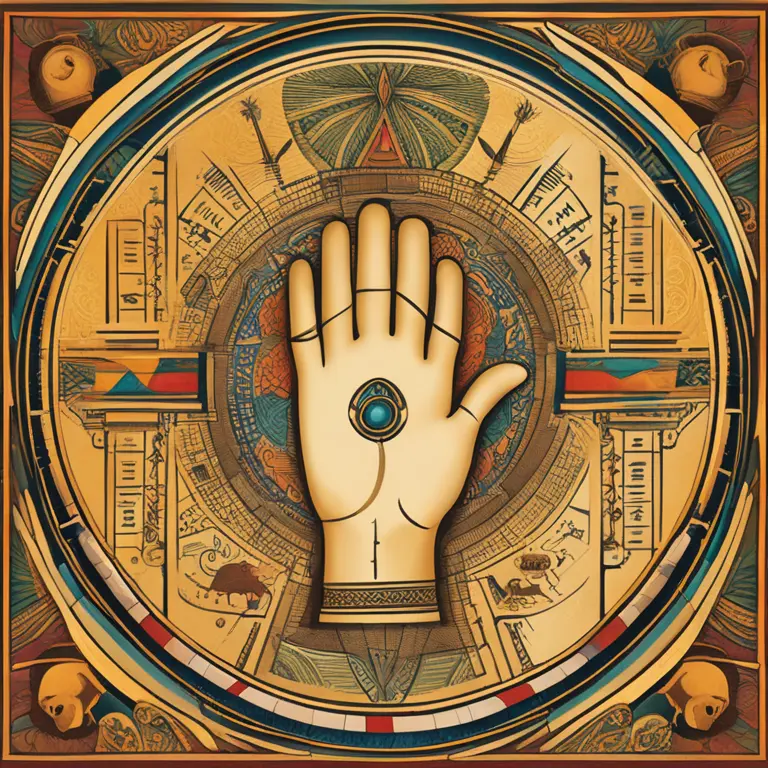
The Historical Roots of Palmistry
Delve into the historical roots of palmistry to discover its mysterious creators and the evolution of this ancient practice.
article by Nora Pennington
The Dawn of Palmistry
Palmistry, also known as chiromancy, is an ancient practice that tells a person's future and reveals their characteristics by reading the palms of their hands. Its historical ancestry is shrouded in mystery, with several cultures claiming to have introduced it to the world. Evidence suggests that palmistry's roots span back thousands of years, originating in the far reaches of human civilization. These early findings point to it being practiced among the ancient Indians, Chinese, and Egyptians, indicating a widespread prevalence since antiquity.

The Indian Legacy
In India, palmistry is often thought to have been first systematized in the form of 'Hasta Samudrika Shastra.' It is believed to have spiritual ties and is closely associated with astrology. Scriptural evidence such as the 'Vedas' – sacred texts of spiritual knowledge – are said to contain references to palmistry, documenting its relevance as far back as 5,000 years ago. The ancient Indian sage Valmiki is said to have written a book comprising 567 stanzas on the art of reading palms, indicating the depth of palmistry's roots in Indian culture.

The Chinese Influence
Chinese palmistry may date as far back as 3,000 years ago. It was, and still is, intertwined with Chinese folklore, traditional medicine, and martial arts. The I Ching, or 'Book of Changes,' which dates from the Zhou Dynasty (approximately 1046-256 BCE), is believed to have influenced Chinese palmistry. References to palm reading also appear in the classic texts of Confucianism and Taoism, suggesting that the Chinese further developed the art, creating a legacy that persists in contemporary practices.

Egyptian Origins and Greek Expansion
Egyptian pharaohs may have consulted palm readers, which points to the antiquity of palmistry in the Nile civilization. The practice likely disseminated through trade and conquest, spurring curiosity and adoption throughout the ancient world. The Greeks, through figures like Aristotle, encountered palmistry in their explorations. Aristotle (384–322 BCE) is said to have found a treatise on palmistry on an altar to Hermes and subsequently passed the knowledge to Alexander the Great, who used it to examine the character of his military officers.

From Obscurity to Enlightenment
The Middle Ages saw palmistry pushed into the shadows in Europe, condemned as pagan superstition by the early Christian Church. However, it experienced a Renaissance in the 16th century, popularized by scholars such as Paracelsus and later Dr. Carl Carus, physician to the King of Saxony in the 19th century, who linked palmistry with psychology. The modern era has seen a revival of interest, with palmistry being recognized for its entertainment value as well as its potential to provide insight into the human condition.
Contemporary Palmistry and Digital Age
Today, palmistry adapts and grows with technological advancements. Digital palm readers and online palmistry services bring the ancient practice into the current era, blending tradition with modern convenience. Despite its progression, the core of palmistry remains rooted in its mysterious origins, capturing human fascination with destiny and the unknown. As we advance into 2024 and beyond, the timeless allure of palmistry continues to intrigue new generations, keeping its ancient flame alight in the digital age.
Published: 1/11/2024
Modified: 1/12/2024
More predictions
Come back here soon to learn more about yourself and your future


Can Palmistry Predict Your Path Incorrectly?
Delving into the accuracy of palm readings, this article examines whether palmistry can lead to incorrect predictions about one's life and destiny.


The Efficacy of Palmistry: Real Insight or Fancy?
Delve into the validity of palmistry as a form of divination. Is there a truth behind the lines on our palms, or is it just a charming fancy?


Palmistry: The Historical Overview
Delve into the dawn of palmistry and trace its journey through the corridors of time, uncovering the roots of this ancient practice.